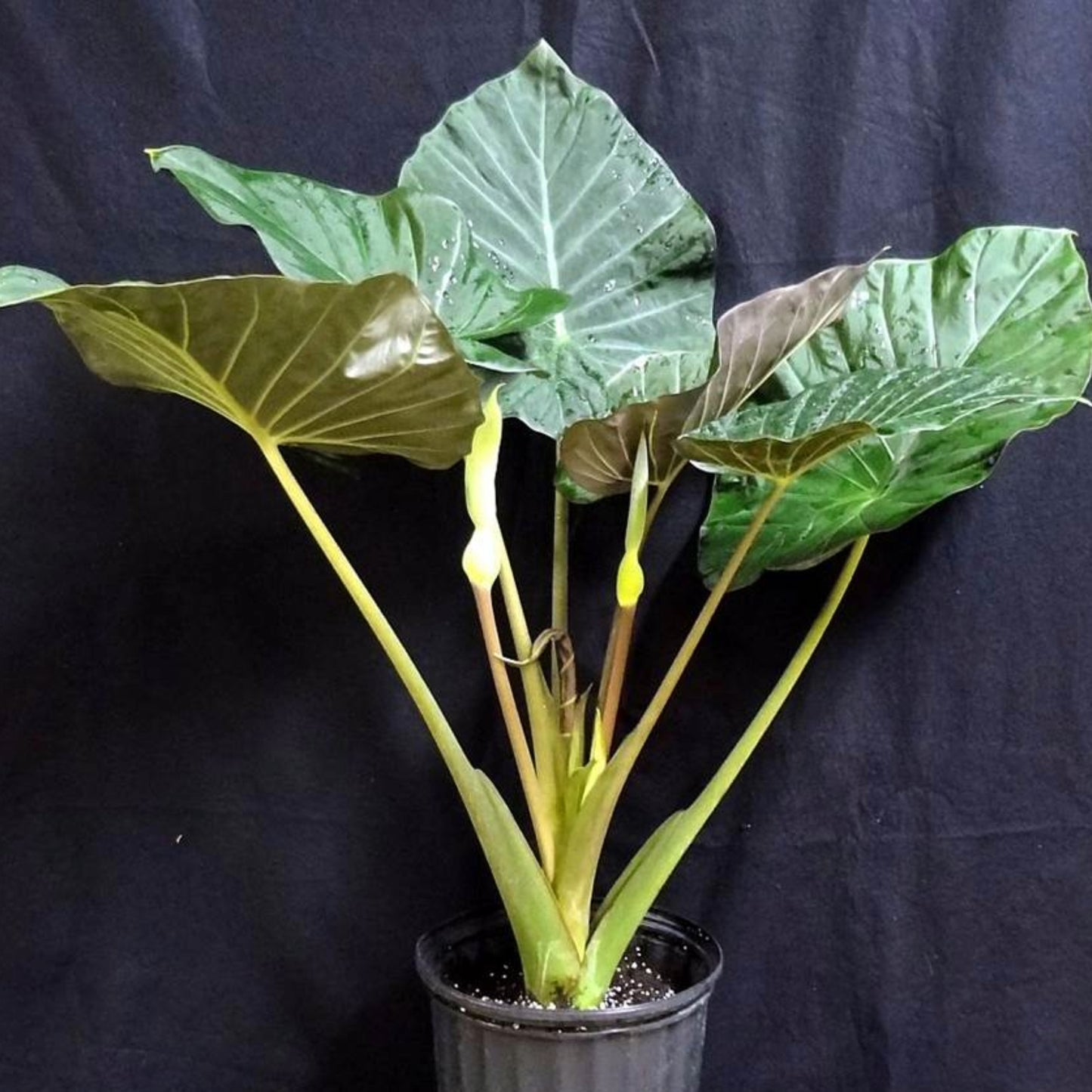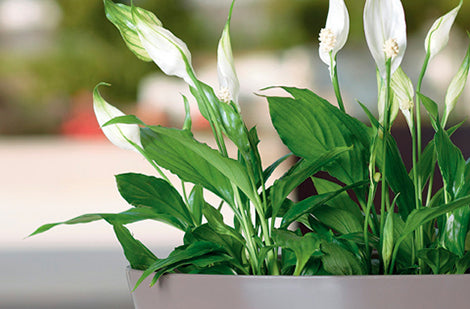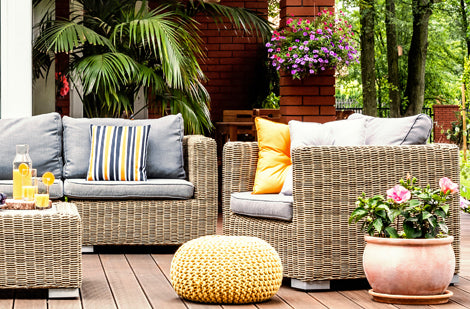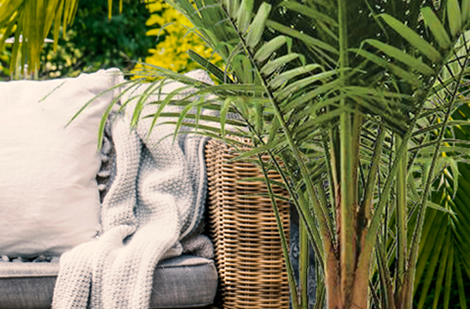Alocasia 'Regal Shield'
Alocasia 'Regal Shield' – Elephant Ear
Alocasia 'Regal Shield' – Elephant Ear
Exposure
- Bright brightness without direct sunlight
- Medium brightness without direct sunlight
Rusticity
- Dramatic giant foliage
- Unique purple underside
- Glossy dark appearance
- Adds tropical flair
- Perfect for collectors
The Alocasia 'Regal Shield', also known as Elephant Ear 'Regal Shield', is a popular hybrid resulting from the cross between Alocasia odora and Alocasia reginula. Created by LariAnn Gardner of Aroidia Research, this tropical plant is prized for its massive leaves and dramatic dark colours. It brings a striking touch of exoticism and a majestic appearance to any interior.
Key Features
- Foliage: Large, thick, and glossy leaves, deep dark green on top. The underside of the leaves displays rich shades of purple with very contrasting light green veins, giving it a regal appearance. Leaves can reach a considerable size.
- Habit: Upright and erect, forming an impressive silhouette. Can reach 30-90 cm (1-3 feet) in height indoors.
- Growth: Moderately vigorous, takes a few years to reach its mature size.
- Care: Moderate, requires warm temperatures and consistent humidity.
- Appeal: Primarily cultivated for the size and dramatic colour of its foliage, which is a true focal point.
Care Tips
- Light: Prefers several hours of bright indirect light. Can tolerate medium light conditions. Indoors, it can even handle a bit of direct light as glass diffuses harsh sunlight slightly. Outdoors, it's best to keep it away from intense direct sun to prevent leaf burn.
- Watering: Water regularly to keep the soil evenly moist, but not soggy. The substrate should be damp like a wrung-out towel, not dripping wet. Allow the top of the soil to dry slightly before watering again to prevent root rot. Not drought tolerant.
- Soil: Plant in a chunky, well-draining potting mix, rich in organic matter, that retains some moisture. An aroid mix (such as equal parts coco coir, perlite, and orchid bark) is ideal.
- Humidity: Thrives in warm and humid conditions, with humidity above 50%, ideally over 60%. A humidifier or grouping with other plants can help.
- Temperature: Prefers temperatures between 18°C and 27°C (65°F and 80°F). Does not tolerate frost; must be brought indoors when nighttime temperatures drop below 15°C (60°F). Avoid cold drafts.
- Fertilization: Benefits from regular fertilization during the growing season. Apply a balanced liquid fertilizer once a month from early spring to late summer. Stop fertilizing when growth slows in the fall.
- Pruning: Pruning is not mandatory, but tidying up old, yellowed, or damaged leaves is advisable to redirect the plant's energy to new growth.
- Propagation: By division of offshoots (baby plants) or by corms (small bulbs) that form at the base of the mother plant.
Height and Width (Estimates)
- Height: Up to 1-3 feet (30-90 cm) indoors.
- Width: Up to 1-2 feet (30-60 cm) indoors.
Caution: Plant considered mildly toxic to humans and pets if ingested. Handle with caution.
Plant details
Dimensions
Dimensions
Characteristics
Characteristics
Habit:
- Upright
Flowering colours:
Plant needs
Plant needs
Watering:
- Regular
Maintenance:
- Moderate
Soil requirement:
- Well drained
- clay
- silt and sand
Features
Features
Resistance:
Attract:
Use:
- Arrangement - Featured Plant
- Indoor Pot
Attribute:
- Toxic
- Fast growing



Related articles
-

Potting House Plants: which pot to choose
Read the articleBien qu'une plante puisse passer plusieurs mois et parfois même plusieurs années dans le même pot, avec le temps ses racines envahissent tout l'espace disponible. Il devient important de choisir...
-

Moving Up a Level: Advanced Guide to Repotting ...
Read the articlePropagate your violets! Discover the simple cutting method, the secret to the perfect soil mix, and how to fight mealybugs.
-

The Complete Guide to Buying and Caring for Ind...
Read the articleBringing a touch of nature to your home with plants is a great idea! Not only do they beautify your living space, but they also help purify the air. However,...
-

Build Your Own Terrarium: The Complete, Easy Gu...
Read the articleThe terrarium is the perfect addition to your decor! Learn how to easily create your own miniature garden with our complete guide.
-

Create a garden with succulents
Read the articleLes plantes grasses n’ont pas leur pareil pour créer des arrangements à la fois impressionnants par leurs couleurs, leurs formes et leurs textures et faciles à entretenir. Qu’on les agence...
-

Houseplants to discover - Butterfly Palm or Are...
Read the articleDypsis lutescens, anciennement Chrysalidocarpus lutescens
-

Calathea: The Essential Guide to Mastering the ...
Read the articleCalathea is a stunning addition, but it's demanding! The key to its success? Humidity. Find out why tap water and dry air are its worst enemies and how to give...
-

Jade Plant (Crassula): The Easy-Care Succulent ...
Read the articleThe jade plant is a must-have! Learn all the secrets to caring for this resilient succulent that naturally grows into an elegant miniature tree.
-

Madagascar Dragon Tree: Embrace Effortless, Gra...
Read the articleAdd a modern touch to your home! The Madagascar Dragon Tree is low-maintenance, perfect for beginners, and stands out with its slender look and two-toned foliage.
-

Aspidistra: The "Cast Iron Plant" Indestructibl...
Read the articleDon't have a green thumb? The Cast Iron Plant is for you! Tolerant of shade and missed waterings, it's perfect for lobbies and offices. Learn how to maintain its leathery...
-

Embrace the Fern: The Champion of Shade and Tro...
Read the articleGot a dark corner? Ferns are your allies! They are easy to care for if you master one factor: humidity. Learn how to water them perfectly for spectacular and full...
-

-

Kalanchoe: The Secret to Massive Blooms That La...
Read the articleNeed lasting colour? The Kalanchoe blooms profusely for over two months! An easy succulent that tolerates neglect and adds a vibrant touch to your home.
-

Snake Plant: The Unkillable Houseplant, Perfect...
Read the articleThe Snake Plant is an ideal houseplant for everyone, whether you're a beginner or an experienced gardener. Its resilience, ease of maintenance, and decorative appearance make it an essential choice...
-

Edible Flowers: Top 5 for Garden and Kitchen
Read the articleOffrant une belle gamme de couleurs, de formes et de textures, les fleurs comestibles enthousiasment les amoureux de jardinage et de cuisine.
-

Tropical Flowering Plants: A touch of the exoti...
Read the articleLes plantes tropicales à fleurs ont tout pour faire tourner les têtes! Colorées, odorantes, généreuses, elles n’ont pas leur pareil pour égayer une aide de repos, un balcon, une terrasse....
-

Keep a palm tree on the terrace - why not!
Read the articleDifficile de résister à l’appel des tropiques quand le soleil et les températures clémentes se pointent le bout du nez. Rien de mieux qu’un palmier sur la terrasse ou le...
-

Bring Your Plants Indoors for Winter: The Compl...
Read the articleDon't get caught by the first frost! Prepare your outdoor plants for winter with our complete guide.
-

When and how to repot house plants
Read the articleAlthough a plant can spend several months and sometimes even several years in the same pot, over time its roots invade all the available space.
-

Choosing the best potting soil for your indoor ...
Read the articleDon't let your plants stall: learn how to choose the ideal potting mix and optimize drainage for vibrant foliage.




























